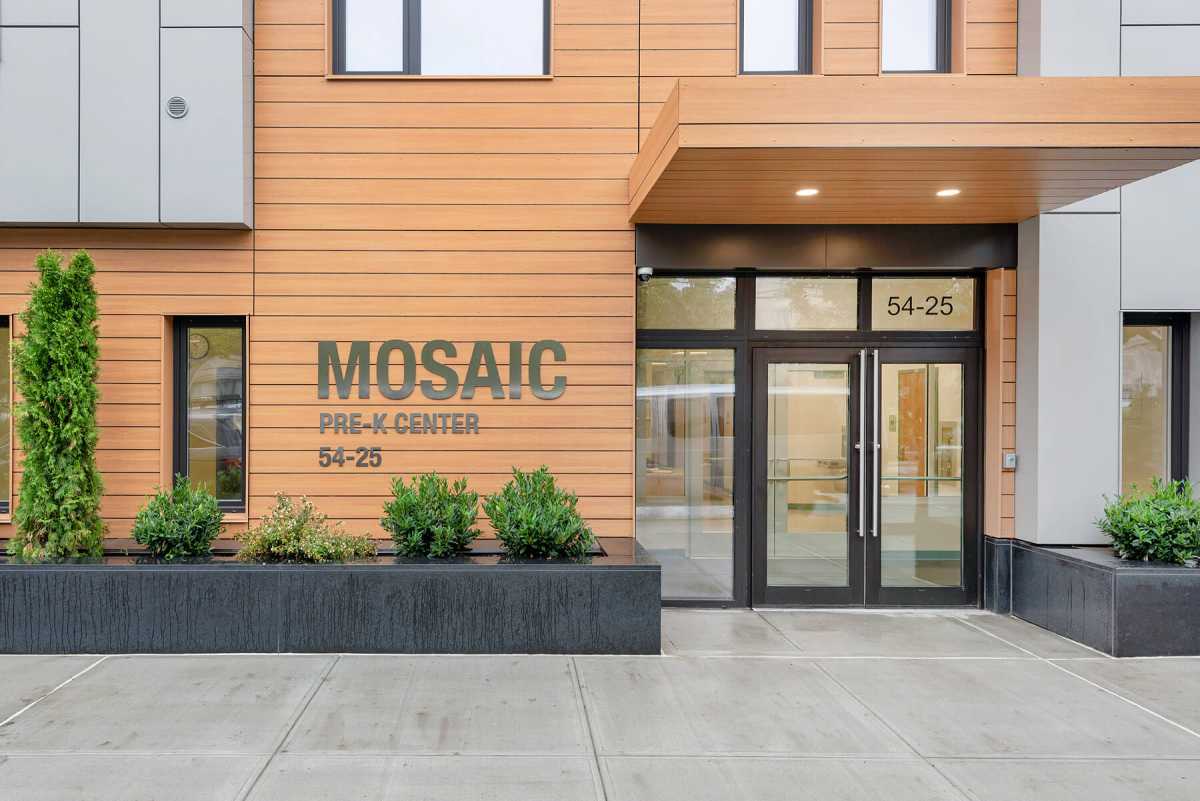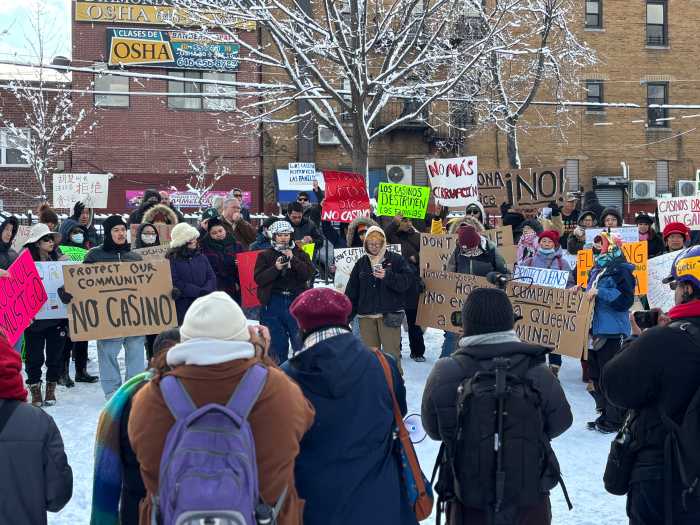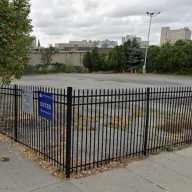When city officials joined community leaders late last month to cut the ribbon on Corona’s first affordable housing development in more than 30 years, they also celebrated the completion of a pre-K center that should be a prototype for future projects.
The city’s School Construction Authority and CTA Architects, P.C. partnered to create UPK Q368, also known as the Mosaic Pre-K Center, the nation’s first-ever pre-K built within a passive house building.
“The 4,700-square-foot, three-classroom facility on the ground floor of the senior residence uses only one-eighth the amount of energy a typical pre-K of a similar size would use,” CTA Principal Craig Tooman said. “It houses a general office, a staff room, a parents/community room, an infirmary, a custodial space, a lobby and a warming pantry that is equipped with a small kitchen area with a milk chest, a warming cabinet and a connected food-storage room.”
There is also a 1,200-square-foot play yard that is only accessible by going through the pre-K. Students, up to a maximum of 60, will populate the classrooms beginning in September.
All of that in the ground floor space of the HANAC Corona Senior Residence, an eight-story, 67-unit development at 54-21 101st St., which is situated near LeFrak City.
“This is a perfect example of when government works,” Queens Borough President Melinda Katz said during the ribbon-cutting ceremony.
UPK Q368 marks CTA’s ninth universal pre-K design for the SCA so far. The development is expected to achieve Passive House Certification this summer, which will confirm it complies with environmentally forward standards. Design requirements include 75 percent energy savings in comparison to typical properties as well as significant environmental benefits for the physical health, comfort and overall well-being of those who live, work and learn there.
“These types of ultra-energy efficient designs are becoming much more popular, both citywide and worldwide,” Tooman said. “Passive house requirements go well beyond those of LEED-certified buildings, the energy consumption is much, much lower.”
He added that CTA was able to determine that this particular pre-K could operate with much lower energy consumption than a typical one, which includes computer systems, demanding light systems, high plug loads and extensive cooking facilities. Tooman noted that this is the reason there are so few passive house schools, the energy load in a school is typically much higher than the energy load in a residence.





































